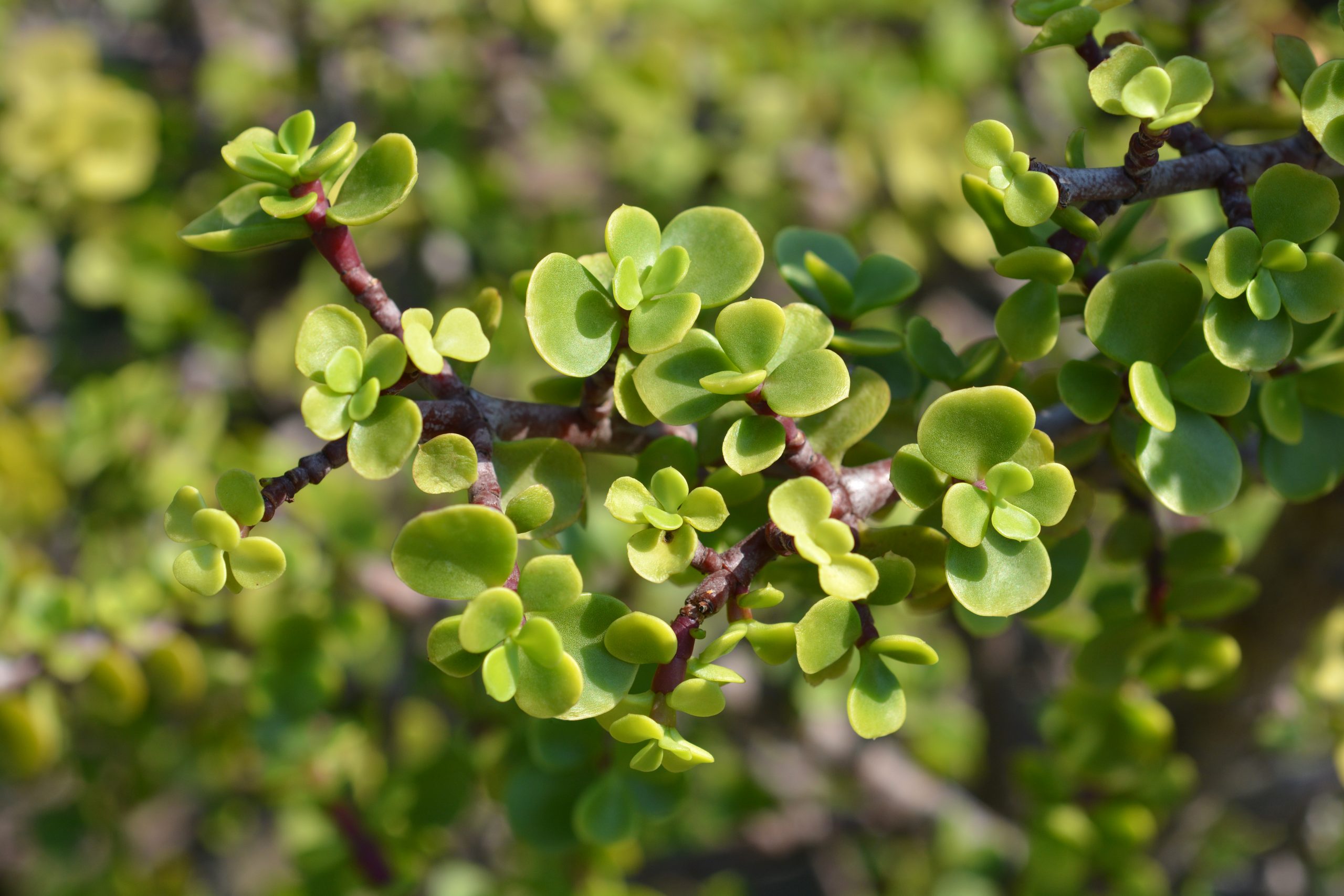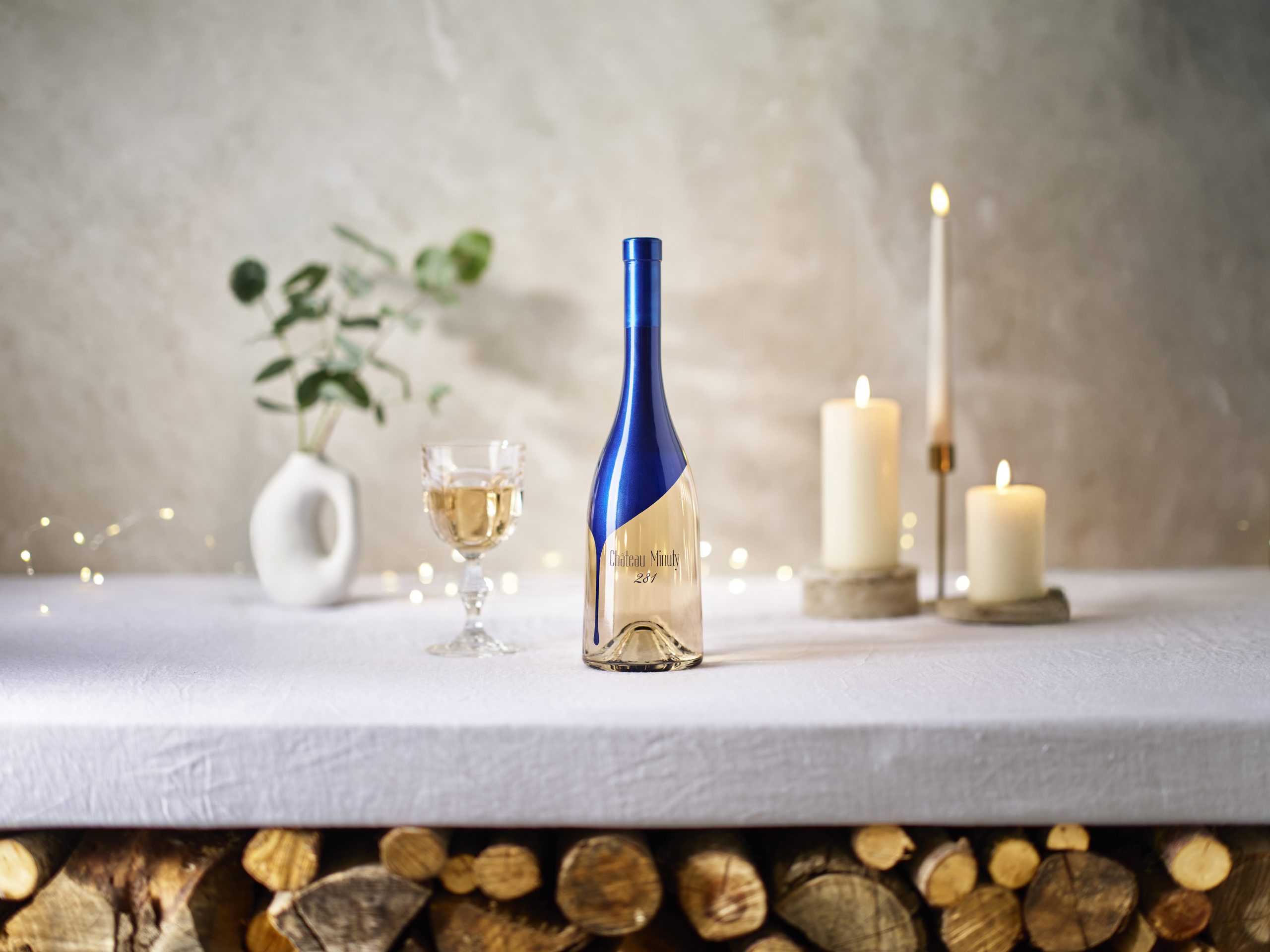The Cape ‘wonder plant’ sucking unparalleled levels of CO2 from vineyards
Stellenbosch winemakers are planting a native succulent which has the power to absorb more CO2 than any other plant on the planet. The drinks business finds out how producers are using it to their advantage.

Usually, one might take such an outlandish claim as ‘wonder plant’ with a pinch of salt. However, it’s no hyperbole to say that the spekboom succulent is something of a superhero for the environment. In fact, it’s the kind of thing that David Attenborough would leap out of bed for.
Winemakers in Stellenbosch are starting to catch on to its exceptional properties and incorporate it into their vineyards and winemaking policy. Since September last year, Journey’s End Vineyards has planted more than 6,000 spekboom plants on its land.
So why spekboom? “It’s essentially a ‘carbon sponge’,” Leon Esterhuizen, wine operations director, Journey’s End, told the drinks business. “To give you more of an idea, one hectare of mature spekboom thicket can remove up to 15 tonnes of carbon dioxide per year. It also has unusually high photosynthetic properties, which means it can store carbon dioxide super efficiently overnight.”
According to Esterhuizen, the South African succulent, found specifically in the southern Cape, is gaining more traction “both in the wine industry and in South African homes in general” due to its “impressive ability to absorb carbon dioxide relative to its low consumption of water.”
One hectare of spekboom, also known as ‘Elephant Bush’, can suck around 7.5 times more CO2 from the atmosphere, than mature woodland or forest.
The impressive succulent, which Esterhuizen describes as “a beautiful plant, typically with a pinkish-purple stem and small verdant leaves”, benefits from being planted in drier climates and slopes, and adds organic matter back into arid soil such as Journey’s End’s 350-million-year-old granite soils.
Partner Content
“The type of photosynthesis that spekboom is able to perform (crassulacean acid metabolism) allows carbon dioxide to be taken up and stored during the night, enabling the stomata to remain closed in the driest and hottest part of the day, which in Stellenbosch can reach up to 21.6 °C,” Esterhuizen told db. “This in turn reduces water loss so the plants need very little external water to survive.”
Spekboom may prove to be the strongest ally yet in cementing Journey’s End’s position at the top of the sustainability charts. According to Esterhuizen, it has a considerable role to play in maintaining the winery’s carbon negative status as “the planting initiative is helping us to reduce our overall carbon footprint”.
In fact, the winery is so impressed with the plantings that it has decided to name its most recent wine release after it. Spekboom Sauvignon Blanc 2021, is available from Sainsbury’s from 13 February, retailing at £10.
Esterhuizen, who crafted the wine, says it has an “intense aroma of winter melon, green apple and citrus, along with some herbal and green fig notes, supported by a vibrant, fresh acidity and an elegant mouthfeel.’
Also playing their part in Journey’s End’s green mission are the residents of 40 beehives, kept on site to “encourage pollination, promote biodiversity and provide honey.” The vineyards also house a family of Egyptian runner ducks which eat insects along the vines. And a pair of Eagle owls, which, says Esterhuizen, are “responsible for rodent management.”
Related news
Castel Group leadership coup escalates
For the twelfth day of Christmas...
Zuccardi Valle de Uco: textured, unique and revolutionary wines




